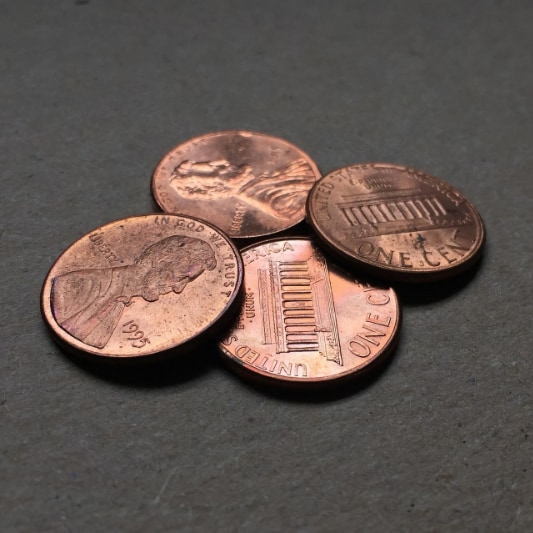Lightweight and Durable Designs, Sensitive Skin, Sensitive Solutions, The Titanium Advantage
What’s Really in Your Titanium Alloy?

Image Credit: cocoparisienne/Pixabay (image cropped)
Titanium has become a standout metal in the jewelry world, praised for its lightweight feel, durability, and hypoallergenic properties. With its rising popularity, everyone seems to be jumping on the titanium bandwagon, using its name to attract buyers.
But here’s the challenge—not all “titanium jewelry” is actually titanium.
When I search for “titanium jewelry” on Google, Amazon, Etsy, and other marketplaces, I get an overwhelming number of results—exciting, right? But that excitement quickly turns to frustration when I start reading the details. Many pieces marketed as titanium aren’t titanium at all. Instead, I see materials like stainless steel or even brass (often labeled as “titanium copper”).
So, how do you navigate titanium-labeled jewelryhypoallergenic and lightweight properties you’re looking for?

Image Credit: Image Credit: analogicus/Pixabay
Titanium in Alloys: What You Need to Know
Titanium is often blended with other metals such as to enhance strength, corrosion resistance, and durability. While some of these alloys are great for jewelry, others don’t provide the same benefits as pure titanium or G23 titanium.
Here are a few common titanium-containing alloys you’ll find in jewelry:
-
Titanium Steel / Titanium Stainless Steel / Titanium Surgical Steel
A mix of steel, titanium, and other metals like tin, aluminum, nickel, or palladium. While stronger than regular stainless steel, it does not offer the full hypoallergenic or lightweight properties of pure titanium. -
Copper Titanium (“Titanium Copper”)
Typically brass-based, meaning it contains copper and zinc. This is not a hypoallergenic metal and does not have the same lightweight durability as true titanium. -
G23 Titanium
A high-grade titanium alloy, commonly used in medical implants and body jewelry. G23 is one of the best choices for hypoallergenic and lightweight jewelry.

Image Credit: Chris Pastrick/Pixabay (image cropped)
My Advice as Someone with Metal Allergies
If you’re looking for true hypoallergenic, lightweight jewelry, always read the details carefully:
-
If the material list includes “stainless steel” or “brass,” it’s not true titanium.
- Beware of vague descriptions. If the seller doesn’t specify the exact titanium grade, they might be using misleading labeling.
- Pure Titanium and G23 Titanium are the safest choices if you want all the qualities that make titanium amazing.

Image Credit: Moni Memoni/Pixabay (imaged cropped)
So, What’s the Best Titanium for Jewelry?
Well, “best” is subjective, but if you’re after the real deal, G23 Titanium and Pure Titanium are hands-down the best. They offer everything titanium is known for—hypoallergenic properties, extreme durability, corrosion resistance, and an ultra-light feel.
When shopping, don’t just trust the title—trust the details. True titanium jewelry stands apart from the rest, and once you find it, you’ll never go back!

